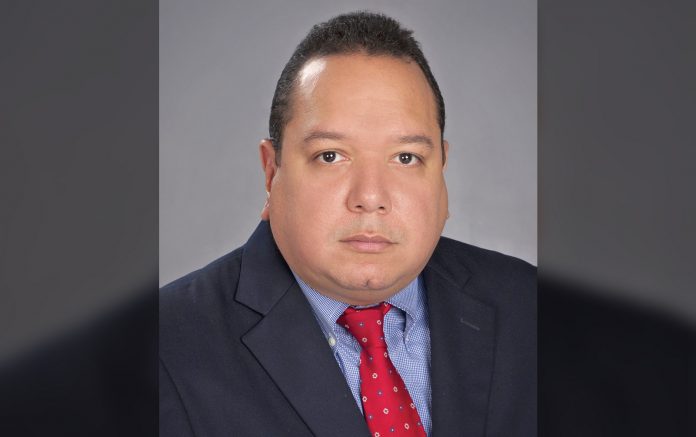Posted: February 12, 2020
Edgardo S. Santos Castillero, MD, FACP, is an IASLC Lung Cancer News Editorial Group Member and served as a co-chair on the expert panel that developed the American Society of Clinical Oncology (ASCO) Lung Cancer Surveillance After Definitive Curative-Intent Therapy guideline.1 In the following interview, Dr. Santos Castillero discusses key takeaways from the guideline as well as remaining questions on the topic.
Q: What motivated the creation of the guideline?
A: As we continue to improve early detection due to lung cancer screening programs, we have also affected lung cancer clinical outcomes due to novel treatments and new biotechnologies. Consequently, we have found ourselves with more patients with lung cancer being placed on surveillance after a curative-intent approach, which has created a challenge for our clinicians. To respond to this need, ASCO reviewed and analyzed recently published literature and identified 1,296 studies that met certain eligibility criteria. From these, 14 were included and form the evidentiary basis for the guideline recommendations.
The efforts described in the guideline apply to curatively treated stage I to III NSCLC and SCLC. We recognize that the recurrence rate goes up as a patient is diagnosed with more advanced disease, and these recurrences are more frequent in SCLC than NSCLC. Early detection of recurrence after curative-intent therapy will allow us to offer a more aggressive approach (e.g., stereotactic body radiotherapy) rather than a complete palliative and systemic approach when recurrence is diagnosed too late. However, only recently has early detection via surveillance shown clinical benefit in patients with NSCLC.
This guideline was prepared with active participation from all medical specialties associated with lung cancer management as well as patient advocacy groups and public opinion. The guideline will help clinicians determine the best course of action based on the actual scientific data available today.
Q: What are the most salient takeaways for patient care?
A: In the past, we have been very aggressive about surveillance for patients with lung cancer. The guideline now recommends a CT scan every 6 months for the first 2 years, followed by yearly CT scans at year 3 cutoff until completion of 5 years post-curative intent. After 2 years of curative-intent therapy, patients with lung cancer are at a higher risk of developing a second primary and may benefit from a screening approach like that offered to those who meet the National Lung Screening Trial screening eligibility. Two recent randomized prospective trials have established low-dose CT screening as an important tool for the detection of potentially curable, early-stage NSCLC in patients at high risk of developing lung cancer.
The guideline also clarifies the role of PET CT scan as well as circulating biomarkers; these novel technologies are not considered standard of care and should not be encouraged to be used.
Finally, the guideline clarifies the role of magnetic resonance imaging (MRI) of the brain; this imaging modality should not be part of NSCLC surveillance but may play a role in the surveillance of SCLC during the first 2 years post curative-intent approach. No distinction on brain surveillance with MRI was made between those patients who did or did not receive prophylactic cranial irradiation.
Q: Are there any questions on the topic that the guideline doesn’t fully address?
A: Many questions remain unanswered. For example, as biotechnology continues to improve and becomes more sensitive and predictive, how can we incorporate circulating biomarkers into the surveillance equation? What is the role of gene expression profiles, circulating tumor cells, and other proteomic profiles in the early detection of lung cancer recurrence over imaging tests?
Better prospective trials are needed to assess risk of recurrence by pathologic stage and histologic types. Most of the efforts performed to date include a large variety of clinical stages, which will cause problems and noise at the time of data analysis and interpretation. ✦
Reference:
1. Schneider BJ, Ismaila N, Aerts J, et al. Lung Cancer Surveillance After Definitive Curative-Intent Therapy: ASCO Guideline. J Clin Oncol. 2019 Dec 12. [Epub ahead of print].











